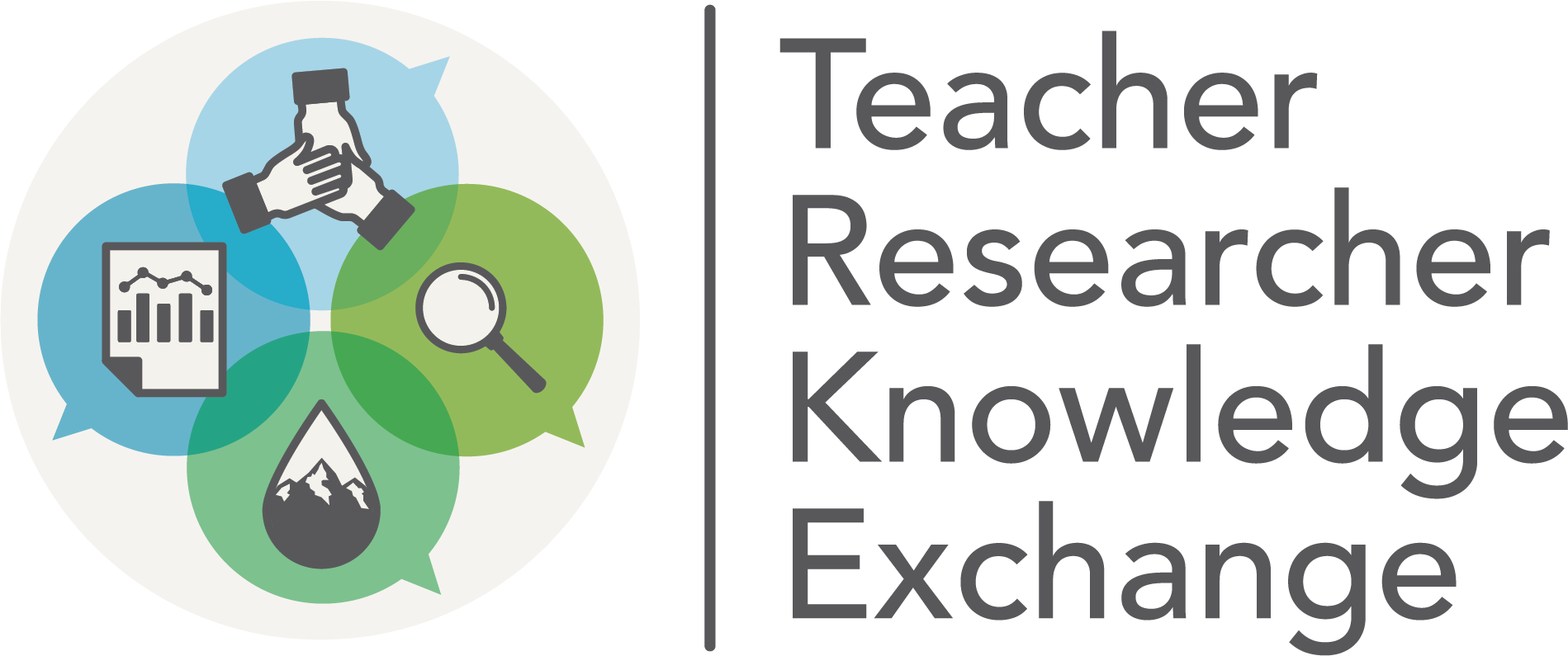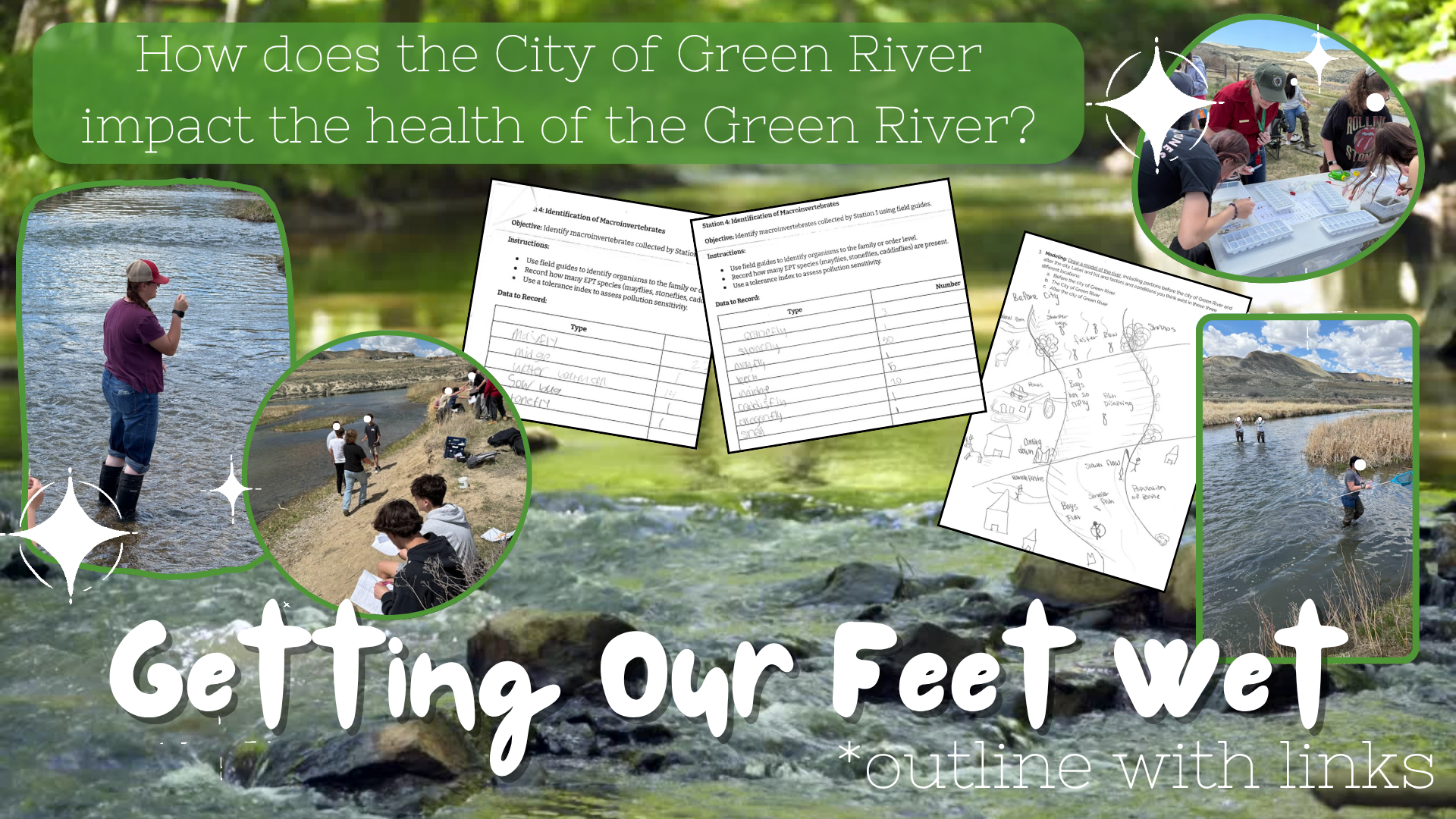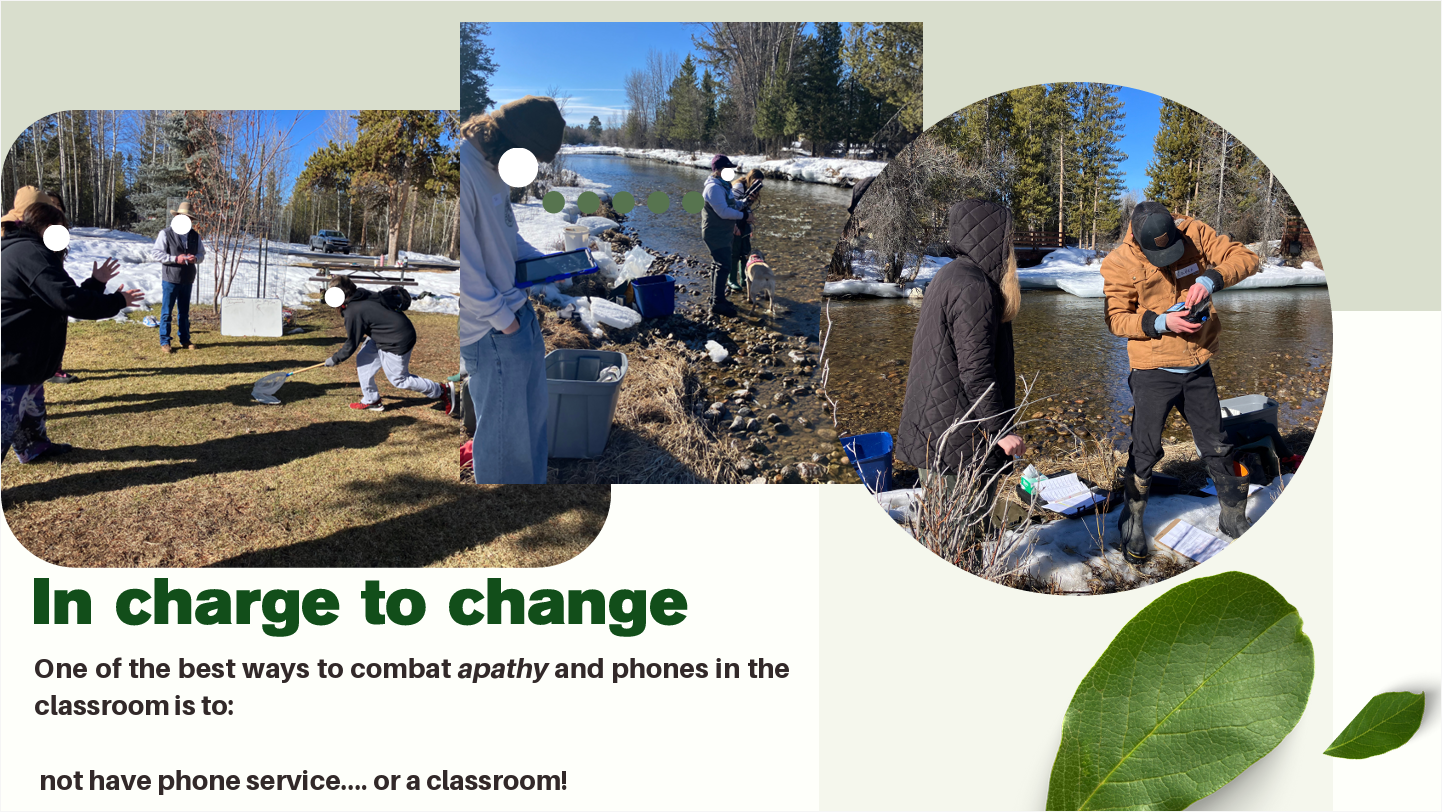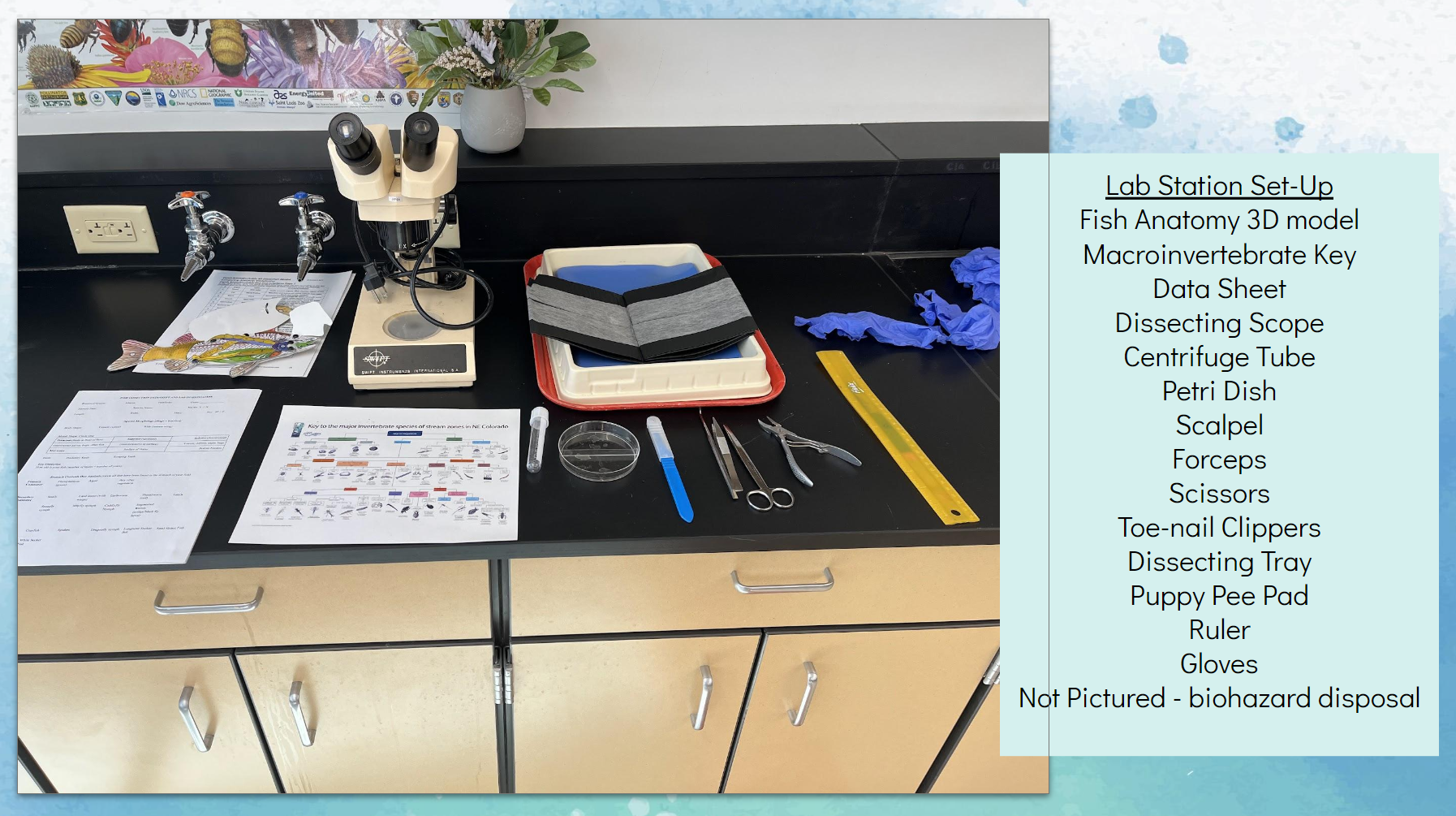Overview
Megan Allen and Shawna Mattson, high school science teachers in Green River, developed this field-based unit to help students investigate the question:
"How does the City of Green River impact the health of the Green River?"
The unit includes classroom preparation activities, local partnerships, and hands-on field investigations where students collect and analyze environmental data to evaluate river health. Activities include exploring models to identify questions, macroinvertebrate identification, water chemistry testing, and comparing data from upstream and downstream sites to understand human impacts on the river system. This unit connects community history, restoration efforts, and environmental stewardship through authentic, place-based inquiry.
Megan and Shawna's overview of this activity is linked HERE. Scroll down to the Resources & Links section of this page to check out their specific materials.
Goals
- Engage students in authentic, place-based inquiry centered on a local watershed
- Collect, analyze, and compare real-world environmental data from multiple river sites
- Strengthen understanding of human impacts on aquatic ecosystems
- Foster collaboration with local partners such as Wyoming Game & Fish and Trout Unlimited
- Encourage students to use data and evidence to evaluate community-level environmental impacts
Implementation & Outcomes
- Implemented with 9th-12th grade students
- Students created initial models of the river before the city was built and after the city was built using online resources
- Using online resources, students investigated "What is Stream Health?"
- Students explored how the city impacts river health through fieldwork a three sites: Jamestown Park (upstream), FMC Park, and Scott's Bottom (downstream)
- Field activities included macroinvertebrate identification, water chemistry testing, and stream observations
- Students used the data they collected to evaluate river health
- Local partners provided background knowledge and information about ongoing river restoration efforts
- Future plans include calculating a biotic index, visiting water and wastewater treatment plants, data sharing from year to year, and an ArcGIS project for data collection
Resources & Links
Contact for More Information
For more details about this program or to learn how to incorporate similar activities in your school, please reach out to the TRKE program coordinators at smtcpd@uwyo.edu.





